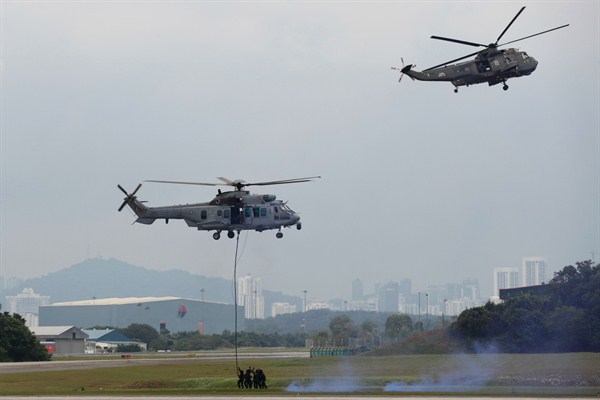Late last month, Japan and Malaysia concluded a weeklong joint coast guard exercise focused on combating piracy in Southeast Asia. Despite a recent decline, piracy is still a threat across the region and cooperation between states—including some, like Japan, that are outside the region—is seen as an important mechanism for mitigating it. In an email interview, Lucio Blanco Pitlo III, a foreign affairs and security analyst on Asia-Pacific issues and a former lecturer at the School of Social Sciences at Ateneo de Manila University in the Philippines, discusses the state of piracy in Southeast Asia and what kinds of multilateral responses have emerged to counter it.
WPR: How much of a threat is piracy in Southeast Asia, and how has it evolved in recent years?
Lucio Blanco Pitlo III: The waters of Southeast Asia, including the Malacca Straits and South China Sea, are among the world’s most critical passageways for seaborne commerce. Aside from the lure of lucrative gain, a confluence of other factors is at play in making the region a hotbed for piracy. There is the vast expanse of coastline and maritime areas among the world’s largest archipelagoes, like Indonesia and the Philippines. There are overlapping maritime claims and animosities between states. Moreover, political instability and limited naval and maritime law enforcement assets combine to make combating piracy no easy feat.

